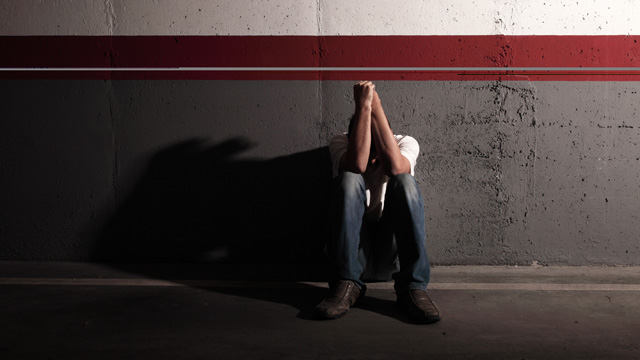“My teacher called me the ‘F’ word,” one former foster youth mumbled during a “Pain to Power” meeting held by the RightWay Foundation. 12 transitional-aged youth sat around a table that filled the room. At first everyone looked confused, trying to figure out which of the many ‘F’ words the teacher could have thrown at him.
“Foster child” he finally said, his head bent down. You couldn’t see his tears, but you could hear his heart break. He was on the football team, none of his friends knew he was in foster care, and his teacher “outed” him. He was embarrassed and humiliated. The class exploded in fury. One of the girls turned to him, her voice filled with outrage and asked him to hold on to the strength that he had, that he was worthwhile and more than just a foster child, even though that’s the label the world might give him.
When I interviewed Marquis, another former foster youth a month later, I asked him if he thought there was a stigma for being in the system. He nodded, and then went on to explain why.
We have an entire generation of youth, 28,000 in Los Angeles County alone, who are currently in this system. I would venture a guess that a majority of these children feel some sort of shame or stigma about their situation. When you top that with a society who often views them as troubled, aggressive and delinquent, you have a formula for kids who systematically end up homeless or worse, in jail.
I started to think, if we could find a way to replace worthlessness with value, help the kids understand that whatever happened in their lives was not their fault, we could help them.
Thinking back on my own life, I remembered twelve years ago when my now ex-husband and I sat down with our son and told him we were ending our marriage. We made sure to emphasize there was nothing he had done to cause this.
If children of divorce are known to sometimes take ownership of the abrupt change to their lives, the lack of control they have over their situations, what on earth can be going on in the head of a kid who is neglected, beaten, sexually abused? How can they understand that their parents’ behavior is not their fault?
I had the good fortune to interview a woman the other night, a sitting judge in Los Angeles County, who has been out of the foster care system for over 20 years. These are her thoughts about stigma.
Ending the stigma of foster youth is only one of many things that need to be done to protect this invisible group of children. We need – as a society – to get the message out that they are not the damaged ones. And we need to truly believe it ourselves as well. There are organizations across Los Angeles County, the state and the nation to get involved. You can become a CASA advocate and ensure that each child’s rights and needs are being met while they are in foster care.
Finally, if you are in one of the helping professions: a doctor, nurse, teacher, or police officer and you come across a foster youth, maybe even a difficult foster youth, change your perception. We have to be the mirrors they use to reflect themselves. We have to be the ones that remind them that their circumstances don’t define them and that they do, in fact, have worth.





